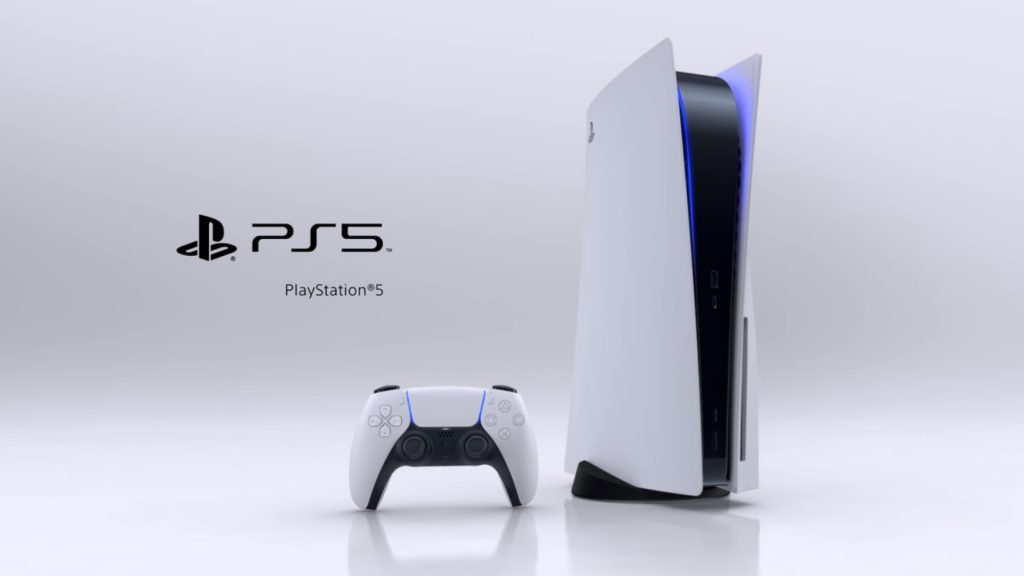To say that the PS5 has been in short supply would be a bit of an understatement. In spite of the console’s impressive sales, it’s been abundantly clear ever since its launch last November that getting your hands on a PS5 is quite difficulty, and that Sony just hasn’t been able to keep up with demand. One of the biggest reasons for that is the global shortage of semiconductor chips, which has affected the Switch and Xbox Series X/S as well.
But Sony is planning on selling at least 14.8 million units of the PS5 during the ongoing fiscal year, which ends on March 31 of next year, so how exactly does the company plan on doing that with the semiconductor chips shortage in mind? That was something that CFO Hiroki Totoki spoke about during Sony’s recent quarterly earnings call (via VGC), and it seems the company has its bases covered. According to Totoki, Sony has already secured enough semiconductor chips to be able to match its target sales for the PS5 by the end of the current fiscal year.
“The shortage of semiconductors has impacts in various areas and through various measures, we have been taking some action,” Totoki said. “For PS5, the target has been set for the number of units to be sold this year, and we have secured the number of chips that is necessary to achieve that. Regarding the supply of semiconductors, we are not concerned.”
Of the 14.8 million PS5 units Sony wants to sell by March 31 of next year, 2.3 million were shipped during the fiscal year’s first quarter, which ran from April to June.
Earlier this year, it was suggested by many that the global semiconductor chips shortage might extend into 2022, but of late, it’s been looking like it might even go on until 2023, which means hardware sales might continue to be hamstrung to some degree as a result (and not just in the gaming space).














